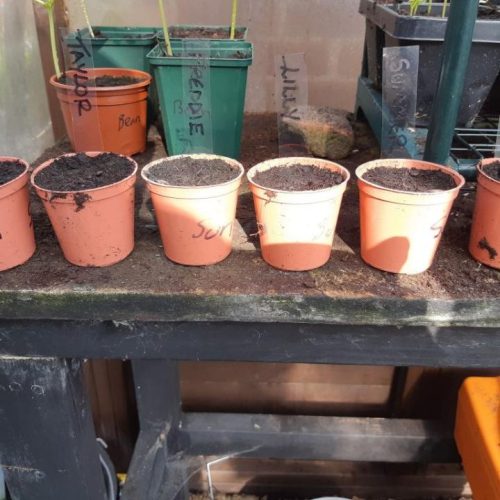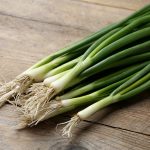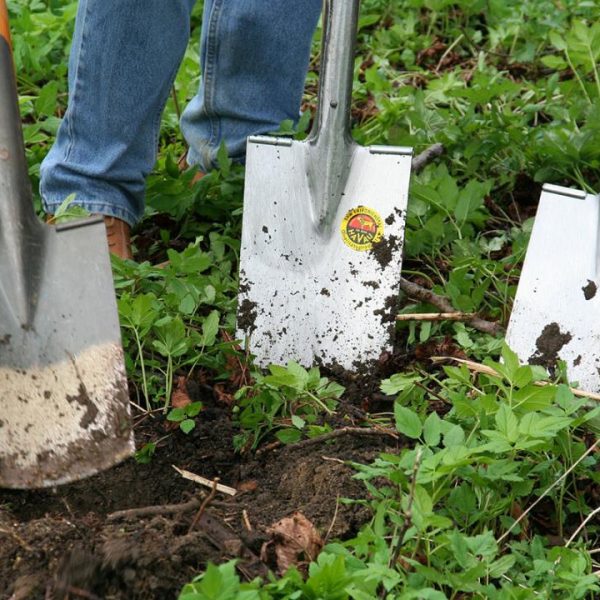Wild Manchester
Our Summer Salad
Reconnecting to nature
Wild Manchester Fruit and Vegetable Summer Harvest
From garden to table
Summer is nearly here, and we are making preparations for our little harvest, and now is the ideal time to start planting those seeds. Salad is king in our house, and even the younger children enjoy the freshly picked produce from the garden. Delicious little balls of sweetness and juicy refreshing gifts of nature like peas, strawberries, cherry tomatoes and cucamelons very rarely make it to the salad bowl and are usually found clutched in little hands. Home produce like Cress, Courgette, Radish, Lettuce, and Sunflowers just to name a few are a great source of awe and wonder when children grow them from seeds. With them being easy and fast-growing, they can see the results of a tasty treat fairly quickly.

This year for our Summer salad table we are growing:
- Dwarf Green Beans.
- Iceberg Lettuce.
- Radish.
- Two types of tomatoes, salad, and cherry. (Outdoor variety)
- Peas (Great for freezing)
- Nasturtium | Sold as a flower, but its peppery leaves are great in salads.
- Cucamelon | Gooseberry size balls, tasting like a cucumber and a twist of lime.
- Pickling Cucumbers (Outdoor Variety)
- Red Spring Onions.
- Courgette

Beware of the little beastie's
Most Summer salad crops are easy to grow even in the smallest of spaces such as balconies by using containers, and they can produce great results. There is nothing more satisfying than eating your own organic produce, the flavour truly does outshine any store bought fruit and vegetables.
The only downside to growing your own food is the constant war with slugs and snails, in particular with the garden grown produce. Unfortunately, the only partial successful way for me is the beer in the jar trick, which they can’t resist the yeast and consequently drown when they fall in.
However, this does produce a foul smelling sticky mess in the jar which you have to dispose of, but it does keep your green leaves safe. Having tried many, and I do mean many alternative ways, I am still experimenting to find a kinder way to protect my greens. This year I have plans to use copper tape that supposedly gives them a little uncomfortable shock, but I’m not entirely convinced, we will see.
Helpful video's to get you started
Why we chose this salad selection
We have opted for Dwarf Green beans this year in place of Runner Beans simply because of space issues.
Iceberg lettuce is a fast and easy growing crop and keeps well in the fridge, a good tip with lettuce is to only pick what you need from the outside of the plant rather than pull it out altogether. This ensures the plant will keep growing with new leaves and helps to stop slugs hiding under old or wilted leaves.
Radish is a very fast grower, however you need to keep a keen eye on them and make sure they are well watered, or they will bolt and grown thin and stringy. A successful crop can bring a delicious and refreshing kick to any salad.
The children’s favourite of course are the Peas picked from the plant and eaten straight out of the shell. If there are any left for the dinner table, Peas are great taken from the garden and added to a salad.
We are growing the normal outdoor variety of Cucumbers, but we thought we would try the pickling variety too. They are much smaller and reported to be sweeter, and this makes them ideal for pickling.
My wife is a big fan of spring salad onions, and so we have some of them to sow, we grow them every year, but we chose the red variety for this Summer.
Courgette is very easy to grow, but they do need a lot of space as the leaves can get very big, the flower can be eaten or used for decoration, but the actual courgette is the star of the show.
Unusual and favourite
My grandfather, who used to work for Alexander Park Greenhouse’s taught me that the little green leaves of the Nasturtium can add a delicious peppery kick to rice or salad. The flowers and seeds could also add flavoursome brightly coloured decoration and texture. Nasturtium’s are prized for their trailing effect in hanging baskets that explode colours of orange and yellow, but those flowers can also make any salad come alive and pleasing to the eye.
Tomatoes are always a favourite, and we have had varied degrees of success over the years as they are a demanding plant and can be difficult to grow, but they are a labour of love and well worth the effort. I like large to medium size salad tomatoes and my wife likes sweet cherry ones, which is why we are growing two types.
Cucamelon – This is a new one we discovered a few years back. After looking at the packet I was a little ensure but very glad when they did produce a crop. Delicious Gooseberry size balls of mouth watering deliciousness. They taste like Cucumber with a twist of Lime and are very moorish especially in salad or in a refreshing drink.
A great website for a planting calendar.
With hundreds of different varieties and types to choose from growing your own vegetables can be hugely rewarding. But where do you start? The best place is at the kitchen table armed with a pencil, calendar and our guide on when to grow vegetables. You can then plan your growing space and your growing calendar to ensure a diverse and manageable harvest of veggies direct from your garden.
Snippet taken from love the garden website click here to pay them a visit
So this is our garden salad growing plans for this year. If you’re not already, why not give it a go. With just a little forward planning, imagination and TLC you could be eating a really healthy organic salad and all grown by yourself.

